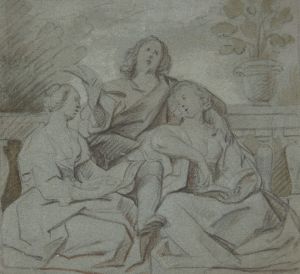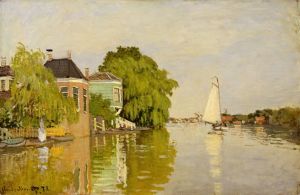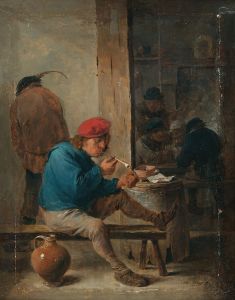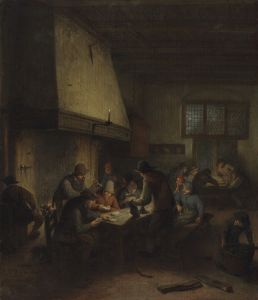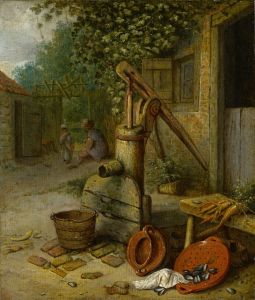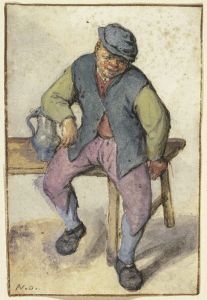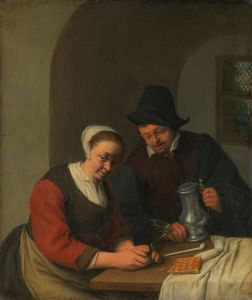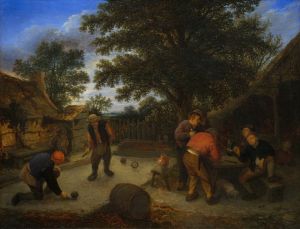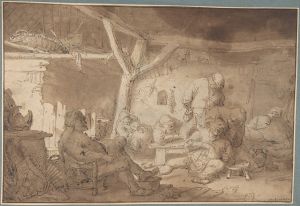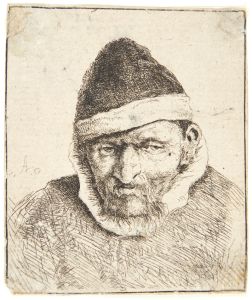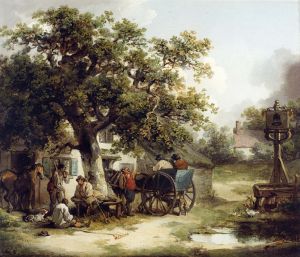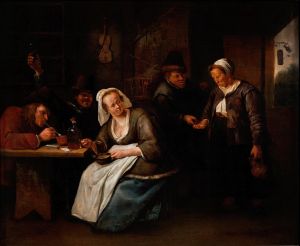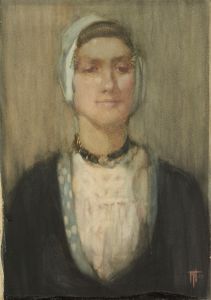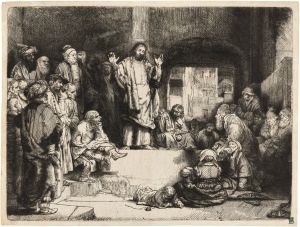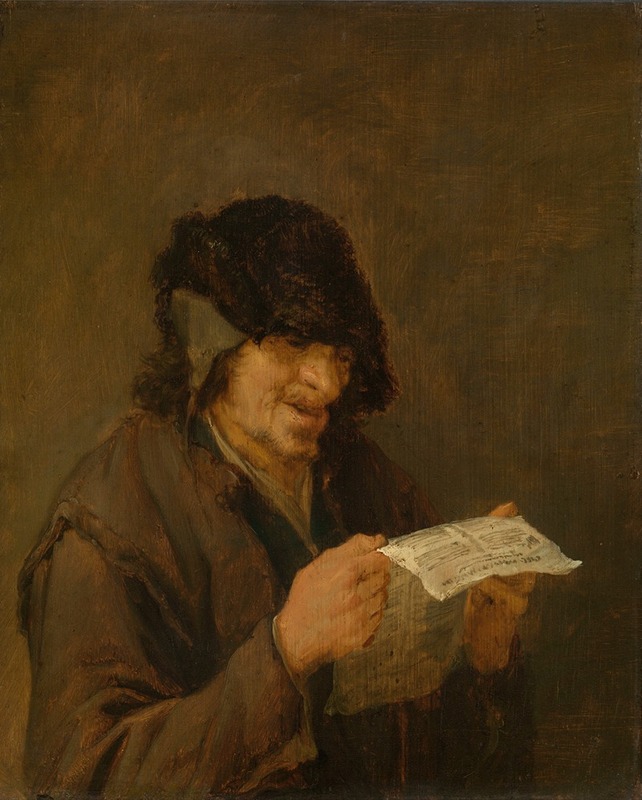
Man Singing
A hand-painted replica of Adriaen van Ostade’s masterpiece Man Singing, meticulously crafted by professional artists to capture the true essence of the original. Each piece is created with museum-quality canvas and rare mineral pigments, carefully painted by experienced artists with delicate brushstrokes and rich, layered colors to perfectly recreate the texture of the original artwork. Unlike machine-printed reproductions, this hand-painted version brings the painting to life, infused with the artist’s emotions and skill in every stroke. Whether for personal collection or home decoration, it instantly elevates the artistic atmosphere of any space.
Adriaen van Ostade (1610–1685) was a Dutch Golden Age painter known for his genre scenes depicting everyday life, often focusing on peasants and rural settings. Among his extensive body of work, the painting titled Man Singing is a notable example of his skill in capturing human expression and atmosphere.
Man Singing portrays a single male figure engaged in the act of singing. The man is depicted with a lively expression, his mouth open mid-song, and his body language suggesting enthusiasm and energy. The painting reflects van Ostade's characteristic attention to detail and his ability to convey the personality and mood of his subjects. The figure is dressed in simple, rustic clothing, consistent with the artist's frequent focus on the lives of common people. The warm, earthy tones and subtle use of light and shadow are hallmarks of van Ostade's style, creating a sense of intimacy and realism.
Van Ostade was heavily influenced by the works of Frans Hals, under whom he is believed to have studied, and his early works also show the influence of Pieter Bruegel the Elder. Over time, van Ostade developed his own distinctive style, marked by a more subdued palette and a focus on the interior lives of his subjects. Man Singing exemplifies this mature phase of his career, where he moved beyond mere caricature to explore more nuanced and sympathetic portrayals of his figures.
The painting is executed in oil on panel, a medium commonly used by van Ostade. The small scale of many of his works, including Man Singing, suggests that they were intended for private collectors rather than public display. This aligns with the broader trends of the Dutch Golden Age, where art was often commissioned or purchased by wealthy merchants and middle-class patrons.
While the exact date of Man Singing is not definitively documented, it is believed to have been created during the mid-17th century, a period when van Ostade was at the height of his artistic career. The painting is part of a broader tradition of musical themes in Dutch art, reflecting the cultural importance of music in 17th-century Netherlands.
Today, Man Singing is housed in a private collection or museum, though its current location is not widely documented. The work continues to be appreciated for its technical excellence and its insight into the everyday life and culture of the Dutch Golden Age.





